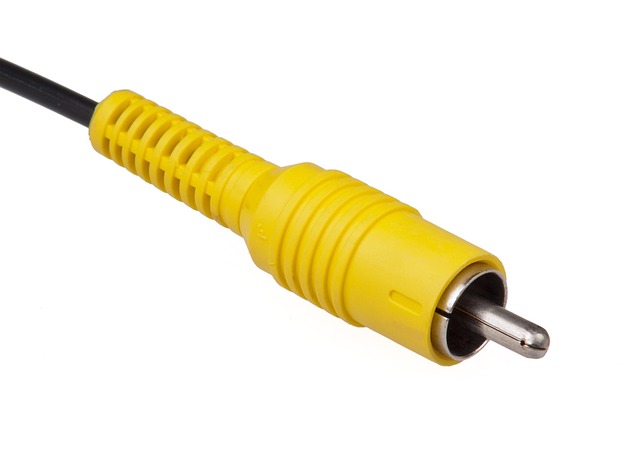Ah, composite video. For many of us who tinkered with VCRs, early game consoles, and first-generation DVD players, that single yellow connector (often accompanied by red and white for stereo audio) was the gateway to home entertainment. It was simple, ubiquitous, and, in its time, the standard for getting a picture from a source to a screen. But what was its real impact on the dream of building a proper home cinema or dedicated cinema room?
At its core, composite video bundles all the video information – brightness (luma) and color (chroma) – together onto one signal. This simplicity was its strength for mass adoption, but also its fundamental limitation when aiming for high-fidelity video. In the context of trying to recreate a cinematic experience at home, composite’s shortcomings became immediately apparent. You’d notice softness, a lack of fine detail, and often a phenomenon called ‘dot crawl’ where the color information bled into the luma, creating shimmering patterns. For anyone striving for crisp images on a larger screen, composite video was a significant bottleneck.
While composite video handled the picture, it’s crucial to remember it carried no audio signal. This meant separate cables were always needed for sound – typically RCA connectors for stereo audio. This separation highlighted composite’s role purely as a video format, requiring additional infrastructure for the complete audiovisual experience essential to any home cinema setup. As audio formats evolved from stereo to surround sound (Dolby Digital, DTS), composite video remained static in its inability to carry any of this complex audio data, further emphasizing its limitations for serious home theater enthusiasts.
Building a true cinema room is about immersion – sharp visuals, powerful multi-channel audio, and control over the environment. Composite video, while foundational for bringing video into the home easily, ultimately fell short of the mark needed for such an endeavor. It served its purpose in a simpler era, connecting standard-definition sources to standard-definition displays. But as we moved towards higher resolutions and demanded better picture quality to fill larger screens, formats like S-Video, component video, and eventually HDMI took its place, each offering a cleaner separation or digital transmission of video signals to deliver the clarity and detail necessary for a compelling home cinema experience. Composite video was a crucial stepping stone, but mastering the essentials of a modern home theater meant leaving the composite cable behind for video fidelity.


